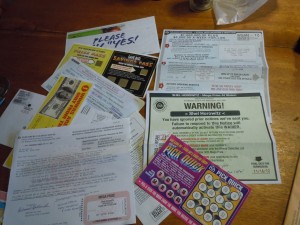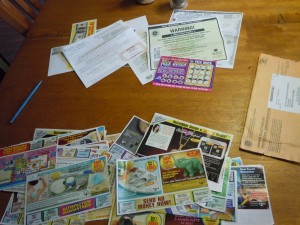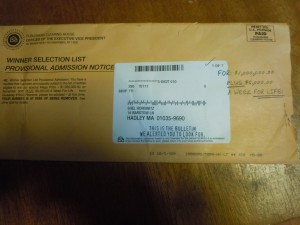How to Frame Progressive Arguments for Mass Consumption: Alan Grayson
“Framing” is the way you position an issue, ideally in terms that are easy to grasp. Alan Grayson is one of the few on the left (Van Jones is another) who are really good at framing. Look how he describes the impact of Walmart’s low wages as an attack on taxpayers, on Cenk Uygur’s national TV show—something people on the right can relate to. (The full transcript is at that link.)
As you pointed out, the average associate at Walmart makes less than $9 an hour. I don’t know how anybody these days can afford their rent, afford their food, afford their health coverage, afford their transportation costs just to get to work, when they’re making only $9 an hour or less.
And who ends up paying for it? It’s the taxpayer…The taxpayer pays the earned income credit. The taxpayer pays for Medicaid. The taxpayer pays for the unemployment insurance when they cut their hours down. And the taxpayers pay for other forms of public assistance like food stamps. I think that the taxpayer is getting fed up paying for all these things when, in fact, Walmart could give every single employee it’s got, even the CEO, a 30% raise, and Walmart would still be profitable… I don’t think that Walmart should, in effect, be the largest recipient of public assistance in the country. In state after state after state, Walmart employees represent the largest group of Medicaid recipients, the largest group of food stamp recipients, and the taxpayers shouldn’t have to bear that burden. It should be Walmart. So we’re going to take that burden and put it where it belongs, on Walmart.
Consider framing for wide appeal when you develop your organizing messages. If you plan carefully, framing can play a major role in the debate. I credit a lot of the success of Save the Mountain, the environmental group I started in 1999 that beat back a terrible development project in just 13 months, to the careful attention I paid to framing, starting with the very first press release and continuing through the whole campaign.




